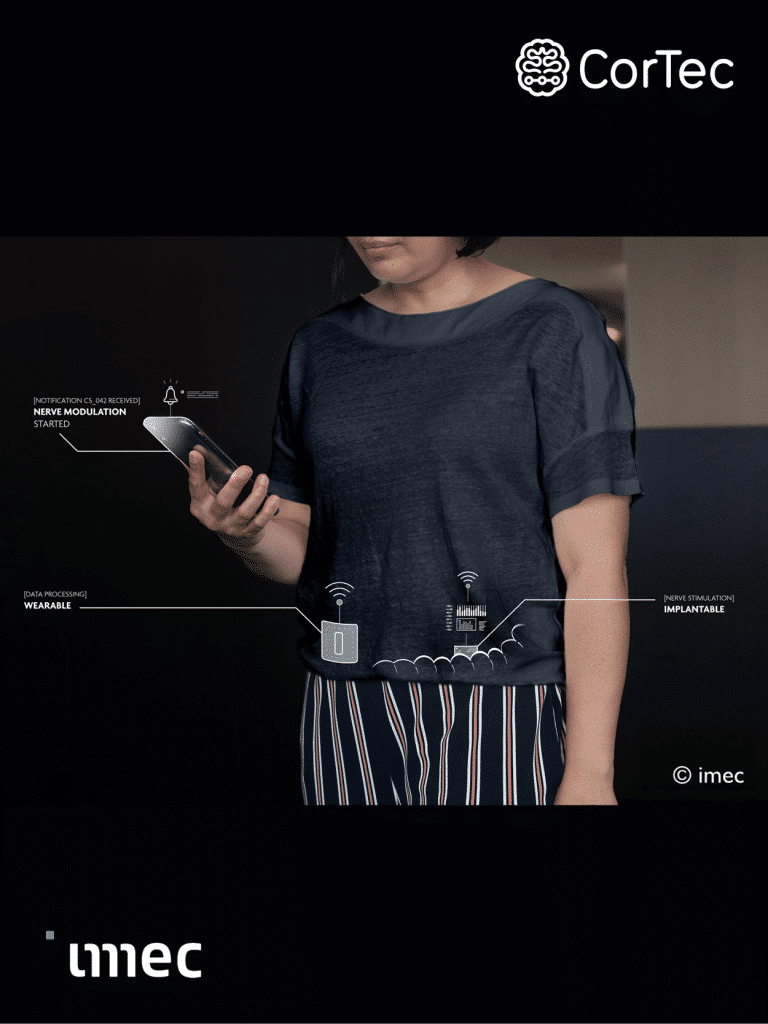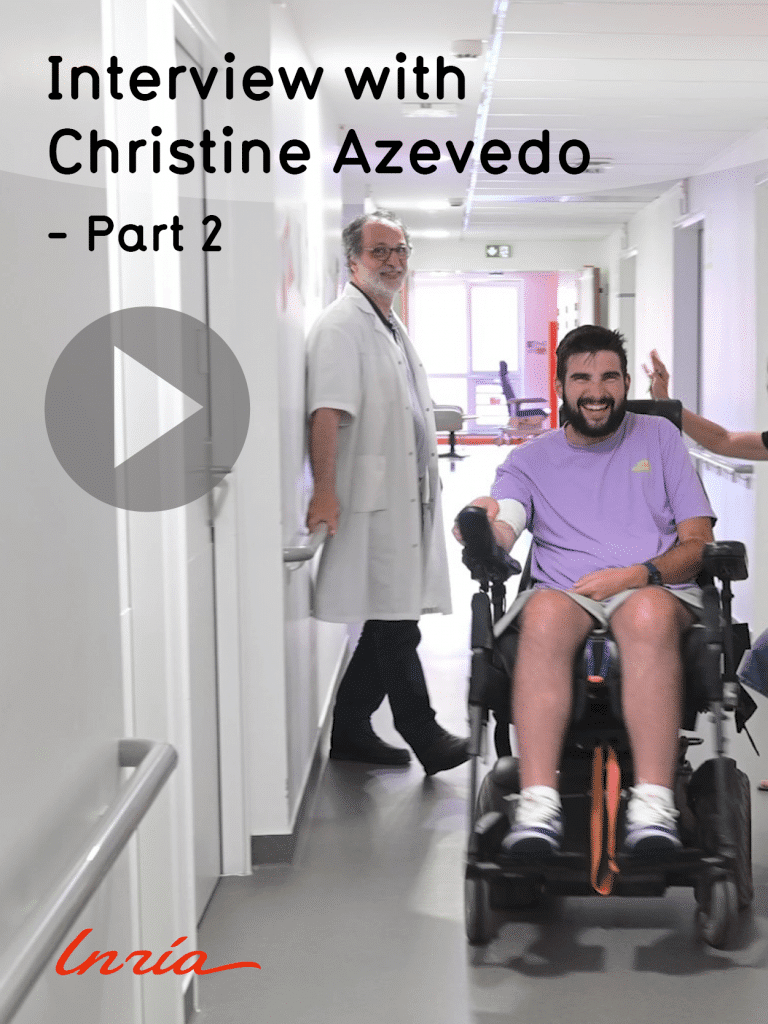A group of authors from the University of Bordeaux has assessed the state of the art in neuroprosthetics in a whole range of applications – from sensorimotor to cognitive functions. The results of their analysis are now available in a comprehensive review in Communications Biology.
As the authors describe, the first attempts for neuroprosteses were already conceived more than half a century ago. Perhaps not surprisingly, first applications focused on the peripheral motor system, as it is relatively easy to elicit simple motor functions by electrical stimulation of the right nerve or muscle. Examples for these early applications include foot lifting after stroke, bladder voiding in paraplegia or restoration of hand or arm movements by functional electrical stimulation of muscles.
Beyond those first motor applications, neurotechnology also holds great promises for more complicated tasks, such as treating neurological and psychiatric diseases. Among those, the most prominent and already clinically widely applied technology is deep brain stimulation (DBS). It is frequently used for motor disorders like Parkinson’s disease, but additional arising applications include epilepsy, depression, and the treatment of chronic pain.
The recent decades have yielded tremendous advances beyond those early applications. Modern technologies for exchanging electrical information with the nervous system are nowadays being subsumed under the term “Brain Machine Interfaces” (BMI). Reading out motor intentions has become possible by decoding brain signals, and neurostimulation has been successfully used to restore movements in paralyzed patients. Also, researchers have made first progress in feeding sensory inputs into the nervous system by using electrical stimulation.
Despite promising proofs of concept for many applications, however, very few neuroprosthetic devices are already approved for clinical use by the regulatory authorities, hampering their inclusion in clinical practice. The extremely strict regulatory hurdles for medical devices are one major reason for this.
There are also challenges on the technical side. Even though significant progress has been made in implantable probes and electronic systems, the authors identified two major issues that neuroprostethics devices should overcome to tap into their full potential.
First, the electrical interactions with the brain need to comprise many channels to modulate complex sensorimotor functions and achieve the necessary bandwidth for transferring large amounts of information. The need for multichannel solutions also comes with a need for miniaturization. Second, bidirectional tools are needed that can, both, stimulate and record neural activity to enable closed-loop interactions with the nervous system.
To overcome these two challenges has been at the core of CorTec’s developmental work. The ability for closed-loop interaction is a decisive feature of the Brain Interchange implant system. And all implantable components that CorTec has been developing (e.g., electrodes and connectors) provide miniaturized, multichannel solutions that can be used for both, recording and stimulation.
Reference
Gupta, A., Vardalakis, N. & Wagner, F.B. Neuroprosthetics: from sensorimotor to cognitive disorders. Commun Biol 6, 14 (2023). https://doi.org/10.1038/s42003-022-04390-w
More details about the Brain Interchange System
We are providing bidirectional System for the discovery of new therapies. With its closed-loop functionality we anticipate to provide the next generation of implantable devices to research and clinics. Let us know about your research projects and reach out to our Sales Team and get in contact!
More User Stories using our implant technology
Discover more User Stories and read about novel research approaches, new devices and awesome scientific achievements. Visit our Story section “User Stories”.





